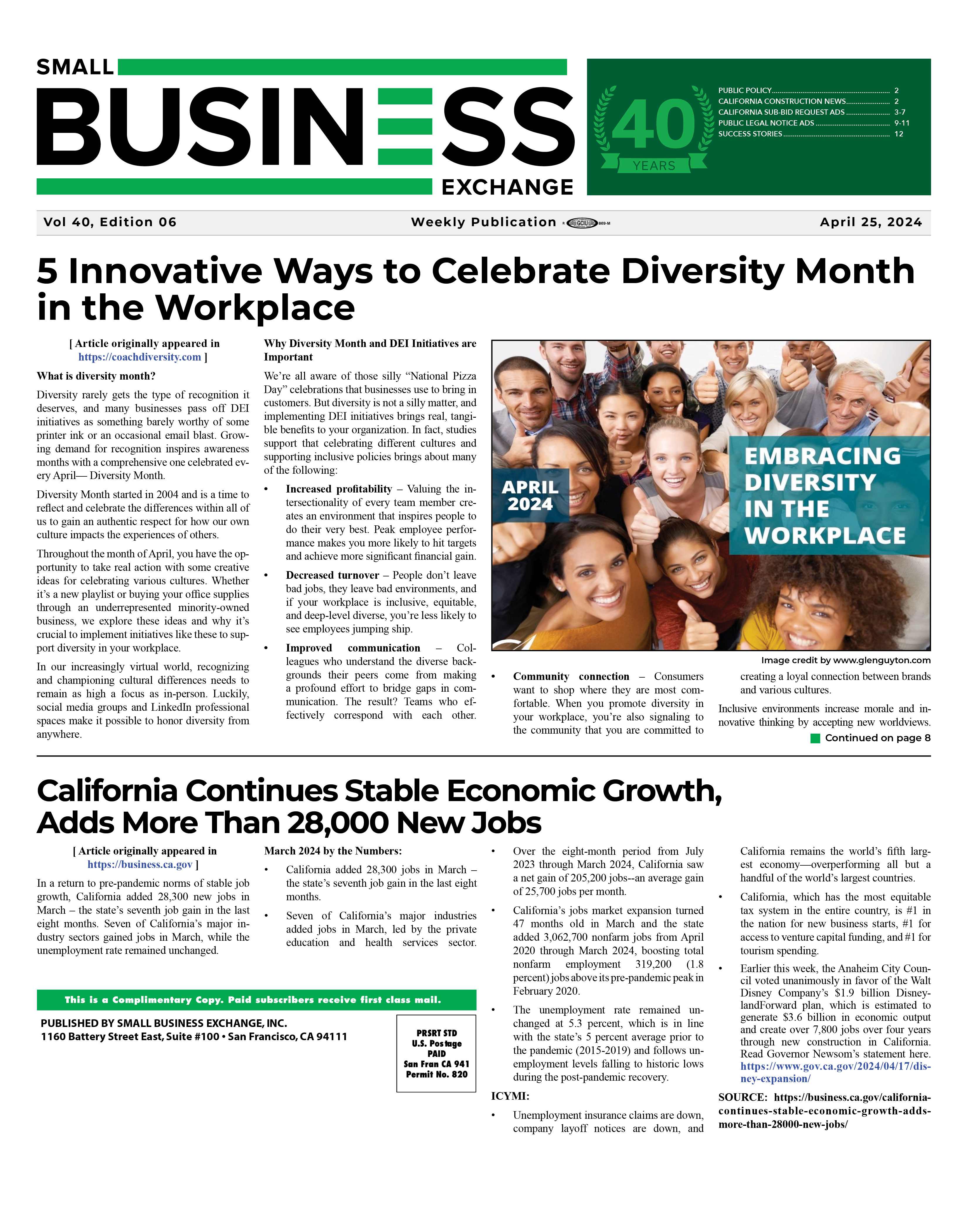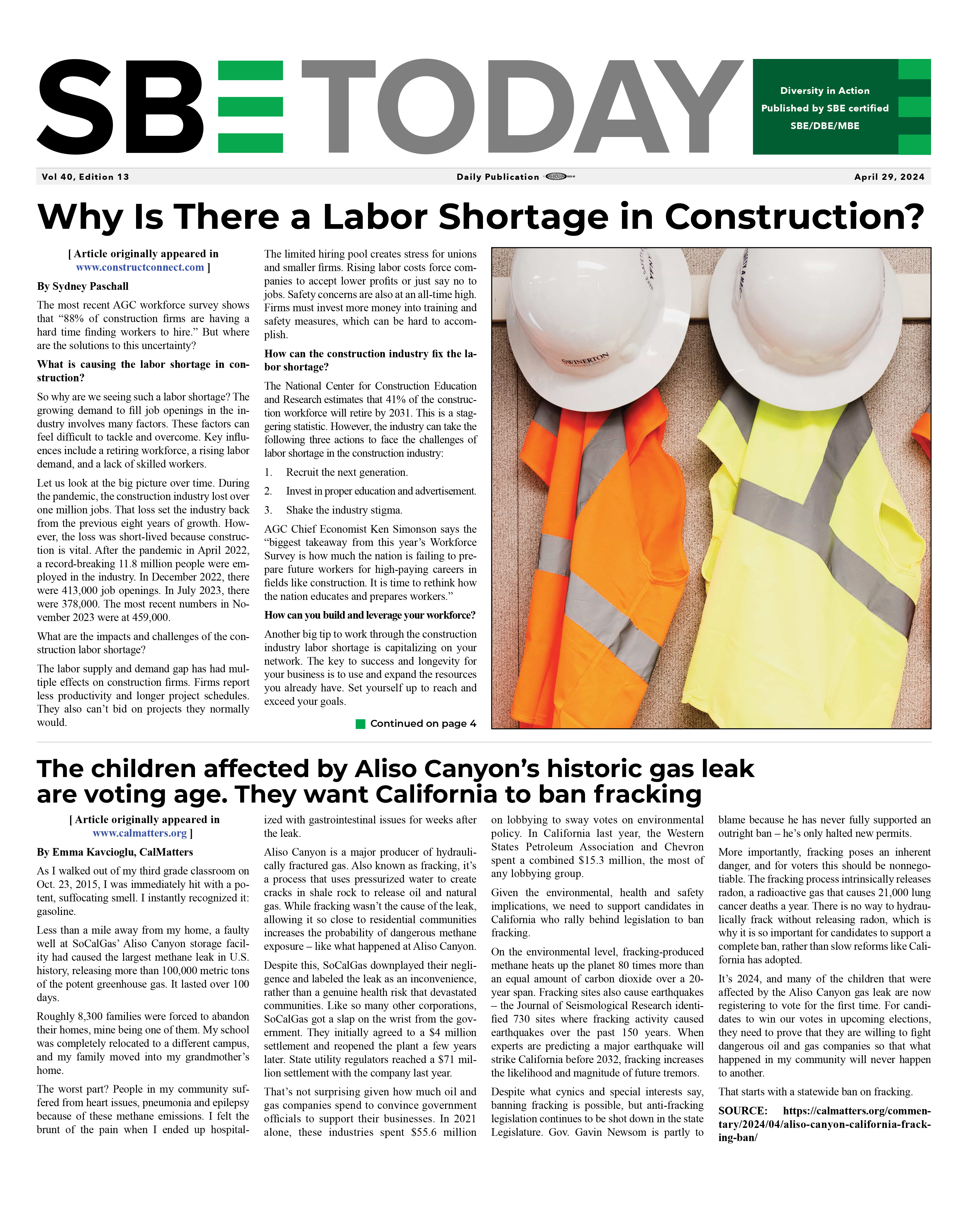|
|
Examining 50 Years of the Rehabilitation Act of 1973 – Section 501
07/04/2023
[ Article originally appeared in www.agc.org ]
Chai, to start, please tell us what Section 501 is and how it came to be included in the Rehab Act?
Chai, we know that significant updates to Section 501 went into effect in January 2017, while you were EEOC Commissioner and I also worked at the agency. Can you give us a summary of those updates, and the reasoning for making them? Section 501 clearly reflects our mission because it’s about ensuring equal opportunity. In this case, for people with disabilities and specifically related to employment with the Federal Government. Regarding enforcement, Section 501’s statutory language mandates that federal agencies submit to the Equal Employment Opportunity Commission for approval an annually updated affirmative action program plan for the hiring, placement and advancement of individuals with disabilities. We implement this mandate through Management Directive 715 (MD-715). It’s important to note that agencies’ annual reviews must specifically address steps they will take to improve. Dexter, since the 2017 updates, how has the EEOC worked to ensure their effective implementation? We have spent the years since reviewing agencies’ Section 501 plans and providing assistance to support their efforts. In addition to directing us to review, evaluate and approve agencies’ plans, Section 501 specifically says the Equal Employment Opportunity Commission is responsible for “providing technical assistance and training to agencies.” So, we—specifically those of us in our Office of Federal Operations—have been doing exactly that to help agencies eliminate or reduce identified barriers to employment for people with disabilities. We do this in close partnership with other agencies, among them the Office of Disability Employment Policy and the U.S. Office of Personnel Management. Dexter, as you know, in June 2021, President Biden signed Executive Order 14035—Diversity, Equity, Inclusion and Accessibility in the Federal Workforce. How do Section 501 and this Executive Order support each other? That Executive Order specifies, among other things, that the Federal Government must be a model employer of people with disabilities, providing equal employment opportunities and taking affirmative action to comply with applicable laws, including but not limited to Section 501. In essence, the Executive Order directs agencies strengthen their efforts to implement Section 501 and deliver on its inherent promise to make the federal workforce one that reflects the diversity of those it serves. Dexter, the theme of the Rehab Act anniversary is “Increasing Access and Equity—Then, Now and Next.” With that in mind, how do you believe Section 501 has helped advance access and equity, and how will it do so in the future? To address the “then,” the clear intent of Section 501 was to improve employment opportunities for individuals with disabilities, and that was an important first step. As for the “now,” we at the Equal Employment Opportunity Commission are working hard to ensure the 2017 updates strengthen its ability to do so. In the first four years, we saw a 9% increase in the population of employees with disabilities in the Federal Government, and the population identified as employees with targeted disabilities increased by 81%. As for the “next,” Section 501 will continue to allow us to explore and lead on efforts to remove barriers for people with disabilities and serve as a model for all employers, both public and private. Chai, to close, what are your thoughts on Section 501’s continued role in increasing access and equity? Section 501, particularly now, with the tangible weight of the 2017 regulatory updates, continues to be powerful. Substantively, it requires federal agencies to pay attention to this issue. Of course, attention is the lowest bar. But it is the foundation on which progress can be built. From there, agencies can explore effective strategies. They can find out what works and what doesn’t. In short, Section 501 provides a structure for agencies to advance disability access and equity. But it also sends a symbolic message. It makes it clear that access and equity are civil rights. What’s more, as Dexter said, Section 501 helps ensure the federal workforce reflects those it serves. Finally, for me personally, as someone with the disability of anxiety disorder who has been “out” about that disability during my professional career, Section 501 reinforces a work culture that reduces stigma for people with disabilities. I am very grateful for that. SOURCE: https://blog.dol.gov/2023/06/28/examining-50-years-of-the-rehabilitation-act-of-1973-section-501 Back To News |
|




